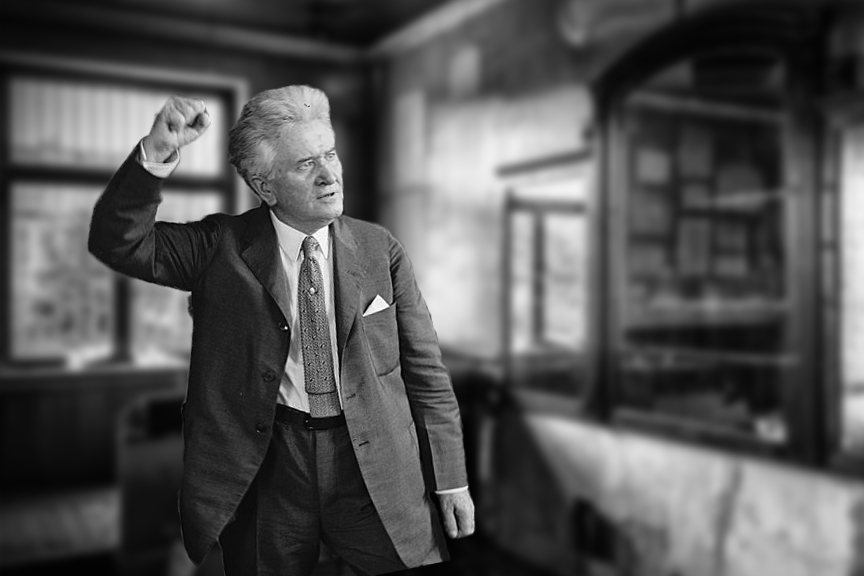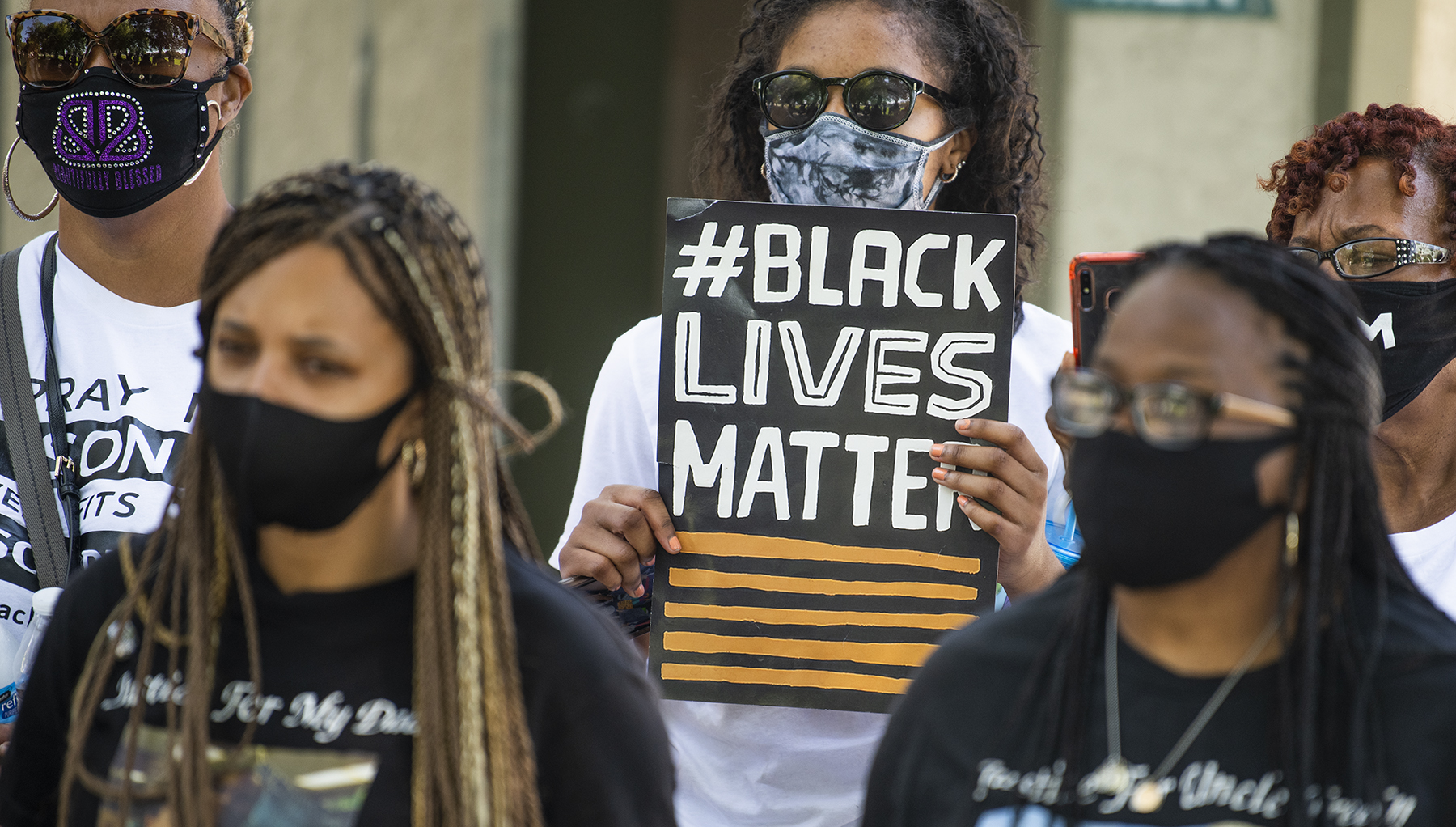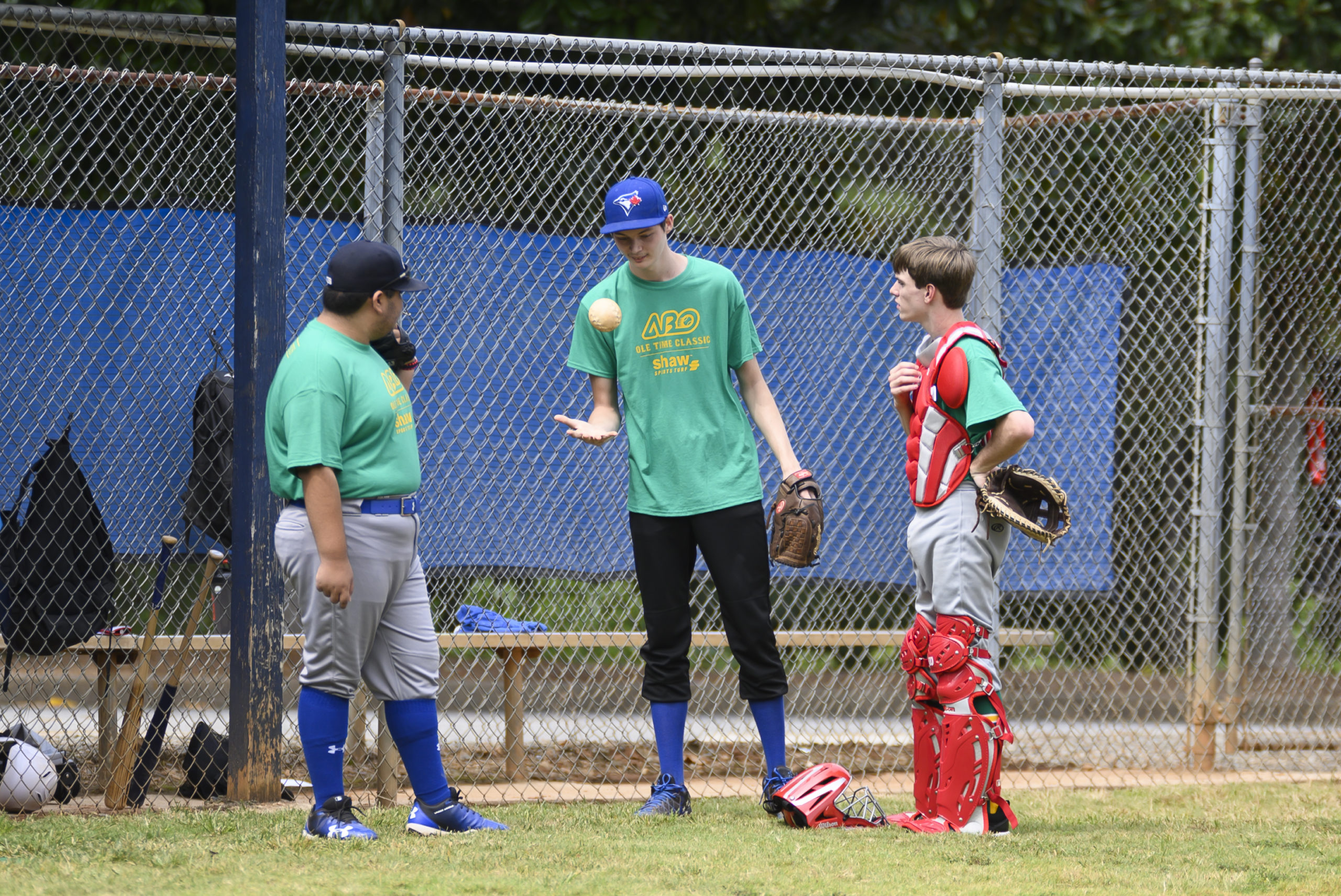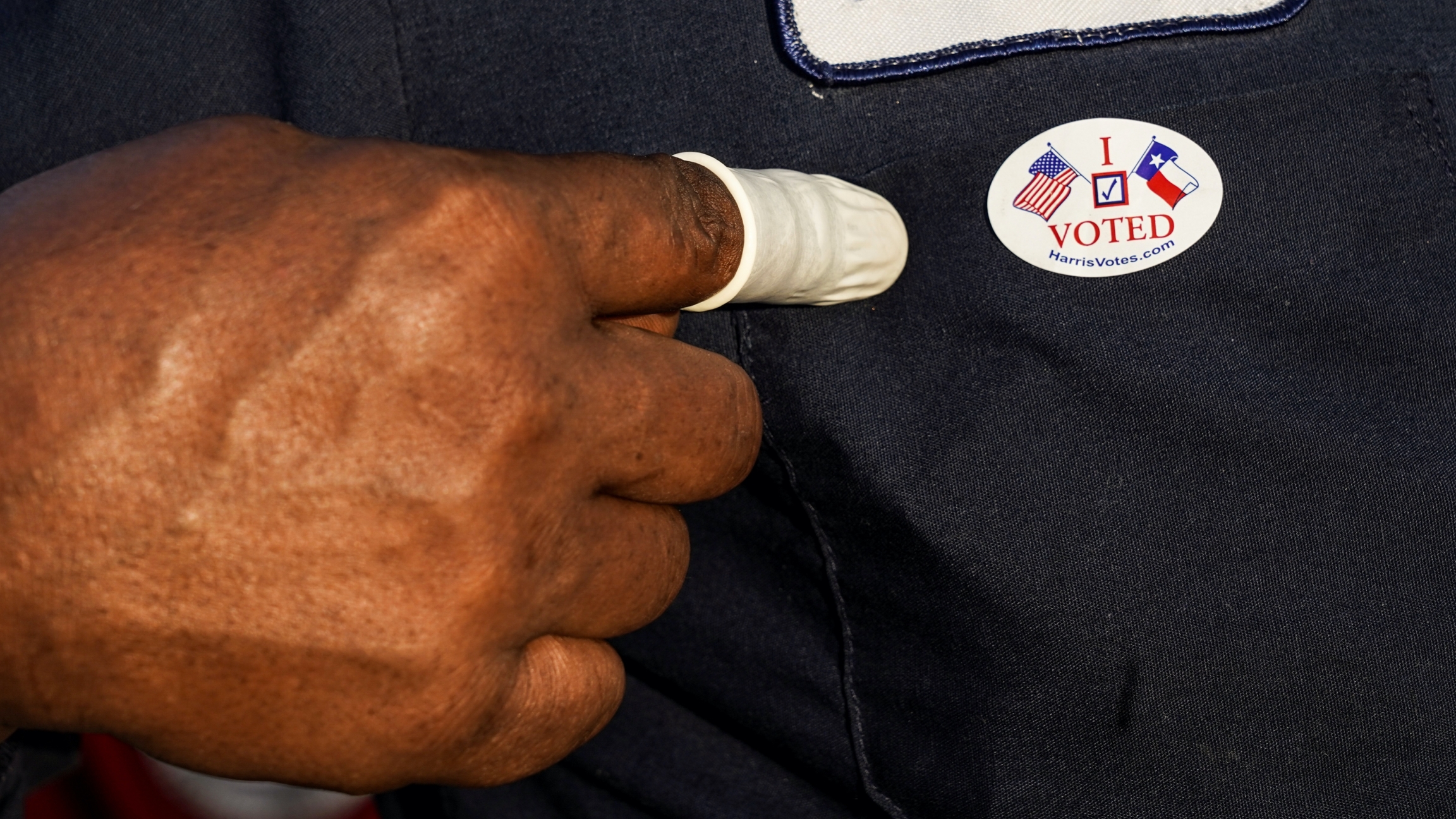Paul Wilson, twenty-three, often takes his nieces and nephews out to the middle of the Klamath Marsh National Wildlife Refuge in Chiloquin, Oregon. There, the Indigenous Klamath photographer points to the mountain peaks on the horizon. “Repeat after me,” he instructs, “Peak to peak.” Together, they trace the ring of mountains encircling them and recite those words. “Beyond just the destruction of homes or communities, there is this whole other set of spaces and practices being disrupted by the fire. It could be access to medicinal plants, foods, fishing spaces.” “Peak to peak,” Wilson says, references the Klamath Tribes’ territories as defined by their 1864 treaty with the United States. Wilson, in addition to being a documentary photographer, is a land steward and artist. His practice revolves around the concept of visual sovereignty. That is, the idea that Indigenous people, cultures, and landscapes are best depicted by people from those communities. When he’s not traveling around North and South America with Rios to Rivers , a nonprofit that empowers young Indigenous people to become river stewards, he is documenting the sacred sites and natural landscape of the Klamath Tribes’ ancestral home and using the photos to advocate for greater […]


Add a comment






